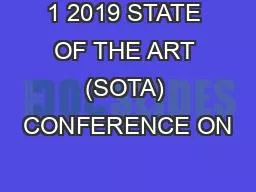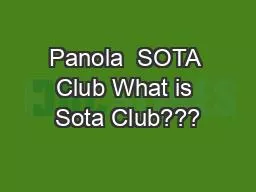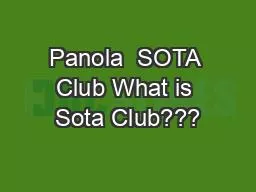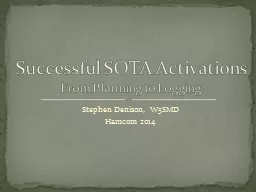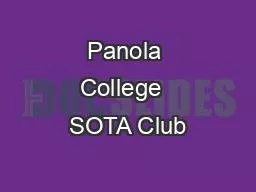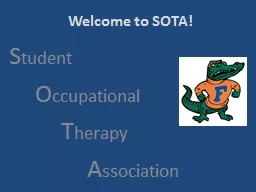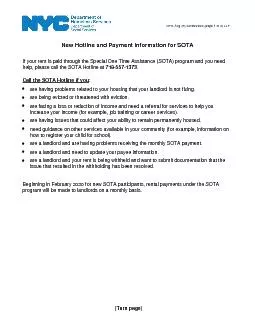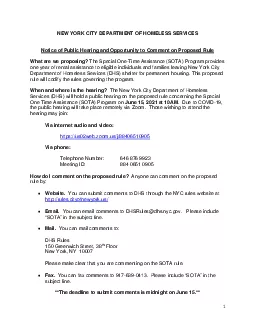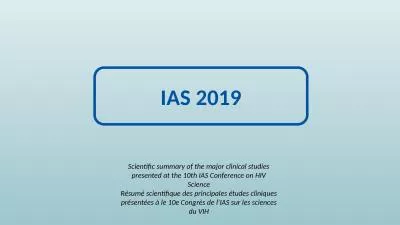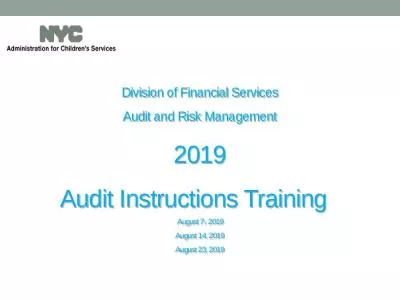PPT-1 2019 STATE OF THE ART (SOTA) CONFERENCE ON
Author : chipaudi | Published Date : 2020-08-04
ARABIC LITERACY AND NUMERACY IN THE PRIMARY GRADES المؤتمر الدولي حول تعليم القراءة الكتابة باللغة العربية
Presentation Embed Code
Download Presentation
Download Presentation The PPT/PDF document "1 2019 STATE OF THE ART (SOTA) CONFERENC..." is the property of its rightful owner. Permission is granted to download and print the materials on this website for personal, non-commercial use only, and to display it on your personal computer provided you do not modify the materials and that you retain all copyright notices contained in the materials. By downloading content from our website, you accept the terms of this agreement.
1 2019 STATE OF THE ART (SOTA) CONFERENCE ON: Transcript
Download Rules Of Document
"1 2019 STATE OF THE ART (SOTA) CONFERENCE ON"The content belongs to its owner. You may download and print it for personal use, without modification, and keep all copyright notices. By downloading, you agree to these terms.
Related Documents

